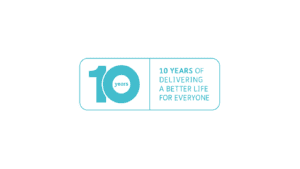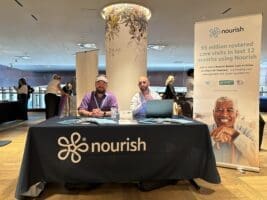At Nourish we don’t take the typical path when it comes to care plans. Rather than telling care providers how they ‘should’ go about their care planning, we prefer to learn how they like their own care plans built. We know that care plans are not a one-size-fits-all exercise. There are a whole host of good reasons for care providers to adopt different styles in the care plans they choose to use.
How is a robust care planning template created?
Much has been written about how care plans should be put together. But ultimately, the structure of the care plan template needs to be decided by the senior team of the care provider (including its owners) who will set how the service should be led and by the care managers who will conduct service delivery day to day.
Care planning isn’t just about documents, its about shared journeys with each person
Although it is tempting to shrink the care planning exercise to a structure of needs assessments, a list of support services and the risks involved; good care providers are increasingly recognising that a good care plan covers a representation of a person as a whole. This means they need to cover their wants as well as their needs, their abilities as well as their frailties.
Recognising the person’s life beyond their clinical conditions and frailties is an essential part of providing person-centred care and support that truly maximises a person’s quality of life at every stage of their lives.
Getting this information goes well beyond an admission interview, or a comprehensive assessment; getting to know a person takes time, and people change their preferences and habits. Care planning is part of all interactions with the person and their close circle of support, family and close friends, not just at discrete times.
Care providers are different and so is their care planning
Some care providers may prefer to tackle recovering mobility with garden activities, others will focus on dancing, this will allow different care providers to resonate with different clients. This is why care plans cannot be the same for all care providers. Because care providers decide, which services to provide and together with their team decide how they are provided, how they are adapted to each individual’s wants and needs, the care planning framework must support the team in this journey.
Fundamental building blocks to a robust care planning framework
The building blocks you need to consider when building each care plan include:
- A Summary of Person-hood, “who am I”
- A clear biography of the person, what is important for this person, the aspects of their life that matter to them, their favourite form of treatment (e.g. “Dr. Smith”, “Aunt Ann”)
- A short and very clear list of their likes
- A short and very clear list of the person’s dislikes
- Define the areas to be assessed and assessment for each of those areas, as well as conclusions from that assessment and the date of the next reviewed
- For each area where needs are identified, how will the person receive support? Is there an opportunity for recovering self-management and if so how will the provider empower the person to recover independence?
- How will support be provided the person in care and by whom?
- Outcomes agreed between the carer and the person on what they want to achieve
- There must be plenty of connections between day to day care and the care plan
In a modern care planning framework, people receiving care have the ability to continuously give feedback about their care, as well as help to improve and adapt the care they receive. This includes the ability to manage consent, allow a next of kin and other informal carers to record relevant notes, raise warnings and alarms, as well as help to stay involved in the care of the person.
Interactions in someone’s day to day care are typically recorded by carers as daily notes. However increasingly, there is information from connected devices, Telehealth or Telecare equipment, wearables and internet of things (IoT), as well as notes from relatives and volunteers outside of the care provider’s organisation. All of this information, when managed digitally, can be used to automatically update care plans, trigger reviews and enable care managers to have the best possible representation of the context of the person and their care, and feel reassured by the clarity of transparency of the quality of the care being provided.
How can Nourish help with your care planning?
Nourish is designed to support organisations in transforming how care information is managed, with radical improvements to the operation of care services and continuous improvement to care delivery. To find out more please don’t hesitate to get in touch.







